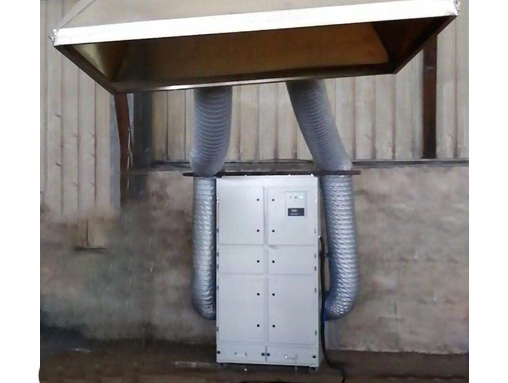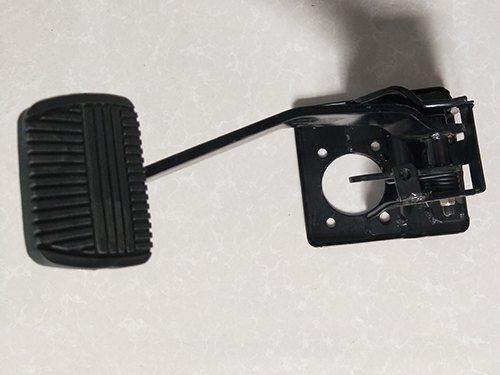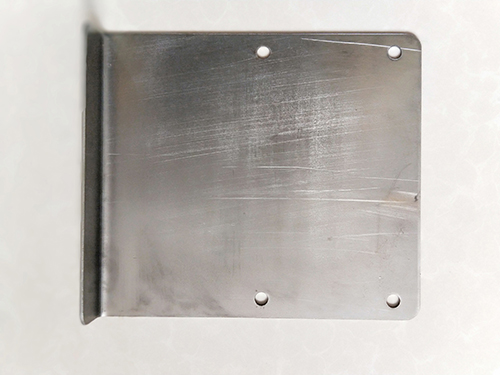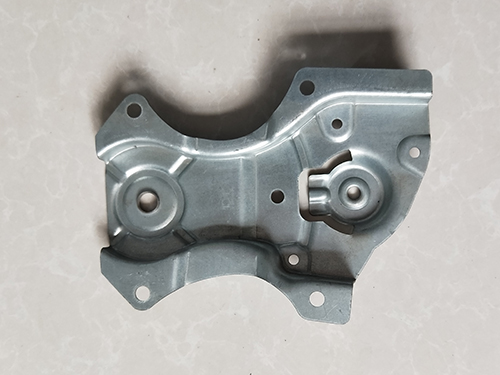Stamping process and processing methods for automotive stamping parts
With the development of the automobile manufacturing industry, competition among enterprises has become increasingly fierce, and the structure of automobile products is facing continuous adjustments and changes. From the experience of developed automobile development, improving the forming quality of automobile parts is one of the ways to enhance the comprehensive competitiveness of automobile production enterprises. To achieve this, two basic conditions must be met: first, to comprehensively evaluate the formability of the sheet metal, and second, to fully understand the strain state, strain amount, and deformation situation of the stamped parts in hazardous areas. Only through in-depth research on the formability and forming technology of sheet metal can reasonable material selection and utilization be achieved. However, in actual stamping processing, batch cracking of parts often occurs due to fluctuations in process conditions, material properties, and mold states. Due to the complex surface of the engine hood inner panel part of a certain sedan and the unreasonable design during the mold design process, the material flow is difficult during the forming process, resulting in local necking and cracking.
The forming characteristics and metal flow patterns during the deformation process of the engine hood inner panel parts were analyzed. On this basis, grid strain analysis technology was used to conduct strain analysis on actual stamped parts, pointing out the forming margin of the part, analyzing the influence of material properties on the forming of the part, and providing technical basis for the formulation of forming quality control measures.
Most automotive stamping parts are composed of complex spatial surfaces, and during the material forming process, materials in different regions interact and constrain each other. In order to accurately analyze the deformation mode and flow law of materials in different areas during the deformation process of the parts, a circular grid with a diameter of 5mm is printed on the flat plate prepared for stamping the parts before the stamping begins. Then, the steel plate with the printed grid is placed on the press machine for stamping. After stamping, measure the deformation size of the mesh in each area of the part, calculate the strain in each area, and then compare these strains with the forming curve of the material. Calculate the distance between each strain in the measurement area and the forming line of the material. The small value among these values is the forming margin of the part under given process conditions. By using grid analysis technology, the strain state and forming margin of the corresponding area can be obtained, thereby determining whether the material selection and stamping process settings are reasonable.
In order to facilitate material flow, it is necessary to optimize the shape of the stamping blank during the stamping process of automotive parts. For parts of a given shape, there are significant differences in the forming results under different billet shapes using the same material. If the billet shape design is not reasonable, quality defects such as large-scale cracking and wrinkling may occur. The shape of the blank used to form the inner panel of the engine hood is similar to the shape of the finished product. Strain analysis of part mesh is an intuitive method for material deformation analysis, which, combined with material forming curves, can calculate the margin of part deformation. The larger the margin, the less likely it is for stamping problems to occur during actual production when equipment conditions and material properties fluctuate, and the more stable the production can be. On the contrary, the lower the margin, the smaller changes in process conditions or mold conditions may lead to cracking or wrinkling defects. This technology can not only be used to analyze the impact of material properties on forming, but also to analyze the effects of changes in material surface, process conditions, and environmental conditions on forming. It is a powerful technique for analyzing failure causes and stabilizing part production. The use of forming diagrams and mesh strain analysis can intuitively reflect the material flow and strain distribution during the deformation process, thereby guiding mold and process adjustments. By reasonably adjusting mold and process parameters (mold fillet radius, drawing ribs, edge pressure, billet size, lubrication conditions, etc.), the forming quality of complex stamping parts can be improved.
Stamping parts are a forming and processing method that uses a press and mold to apply external force to plates, strips, pipes, and profiles, causing them to undergo plastic deformation or separation, in order to obtain the desired shape and size of the workpiece. During this process, it is inevitable to encounter some problems. How should we handle and respond?
When the cross-sectional quality and dimensional accuracy of the workpiece are required to be high in stamping processing, a trimming process can be added after the punching process or the punching process can be directly adopted. In order to improve the stability of the stamping process, it is sometimes necessary to increase the number of processes to ensure the quality of the stamped parts.
Many times, the number of processes for bending parts mainly depends on the complexity of their structural shape, determined by the number of bending angles, relative positions, and bending directions. When the bending radius of the bent part is less than the allowable value, an additional forming process is added after bending.
Similarly, the number of processes for deep drawing parts is related to material properties, drawing height, number of drawing steps, drawing diameter, material thickness, and other conditions, and can only be determined through deep drawing process calculations. When the fillet radius of the deep drawn part is small or the dimensional accuracy requirement is high, an additional forming process needs to be added after deep drawing.
On this basis, the determination of the number of stamping processes should also comply with the existing molding capacity and stamping equipment of the enterprise. The molding ability should meet the requirements of improving the precision of mold processing and assembly, otherwise the number of processes can only be increased.
Single process molds are used to complete the punching of workpieces with simple shapes; On the contrary, for stamping parts with complex shapes, due to limitations in the structure or strength of the mold, their inner and outer contours should be divided into several parts for stamping, requiring multiple stamping processes.
The processing and forming of stamped parts inevitably require the use of stamping molds, and the vast majority of stamping molds undergo surface processing before use to improve the quality of stamped parts. But in terms of the surface processing method of stamping molds, it is not only fast in processing efficiency, but also has good processing quality. Except for the inner acute angle cavity and the deep cavity, it can be competent in other aspects.
If the material is relatively soft, the punching gap needs to be modified. The specific method is to create an arc or slope on the end face of the convex die blade, and use a blowing device such as a vacuum cleaner to add blowing air at the feeding hole of the pad. The cutting edge of the stamping die is worn and the stamped parts have burrs, so it is necessary to repair the cutting edge.
Stamping is a pressure processing method that uses a stamping die installed on a press machine to apply pressure to materials at room temperature, causing them to separate or undergo plastic deformation, in order to obtain the desired parts. The materials used to manufacture stamping molds include steel, hard alloys, steel bonded hard alloys, zinc based alloys, low melting point alloys, aluminum bronze, polymer materials, and so on.
The processing, production, and operation of stamped parts are convenient and easy to achieve mechanization and automation. This is because stamping relies on stamping dies and stamping equipment to complete the processing. The number of strokes of ordinary press machines can reach tens of times per minute, while high-speed pressure can reach hundreds or even thousands of times per minute, and each stamping stroke may result in one stamped part.
Not only that, stamping can process parts with a large size range and complex shapes, such as small stopwatches for clocks, large car longitudinal beams, covers, etc. In addition, the cold deformation hardening effect of the material during stamping results in high strength and stiffness.







